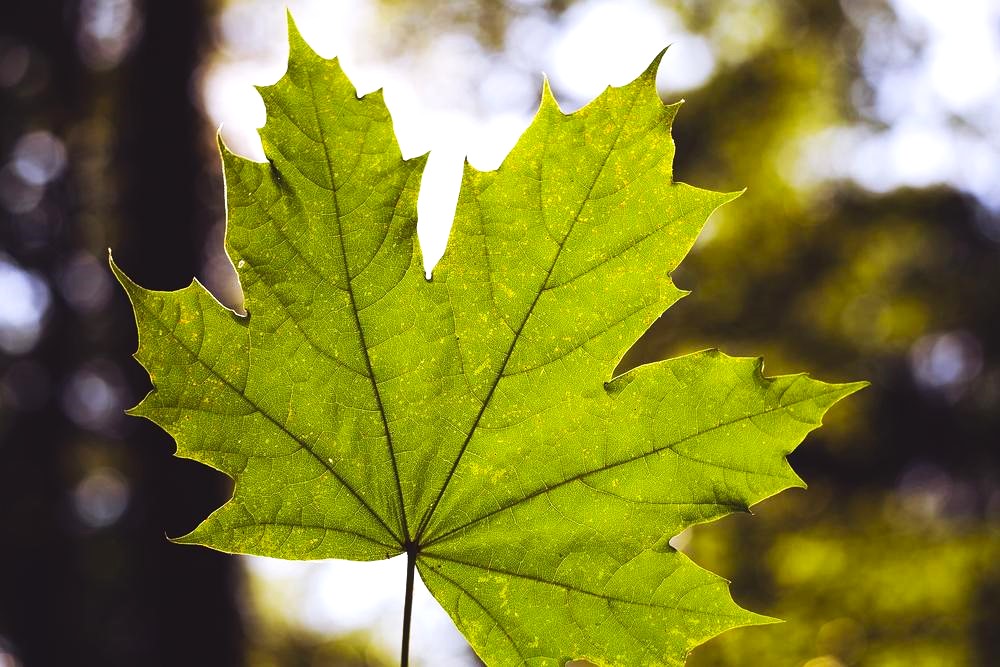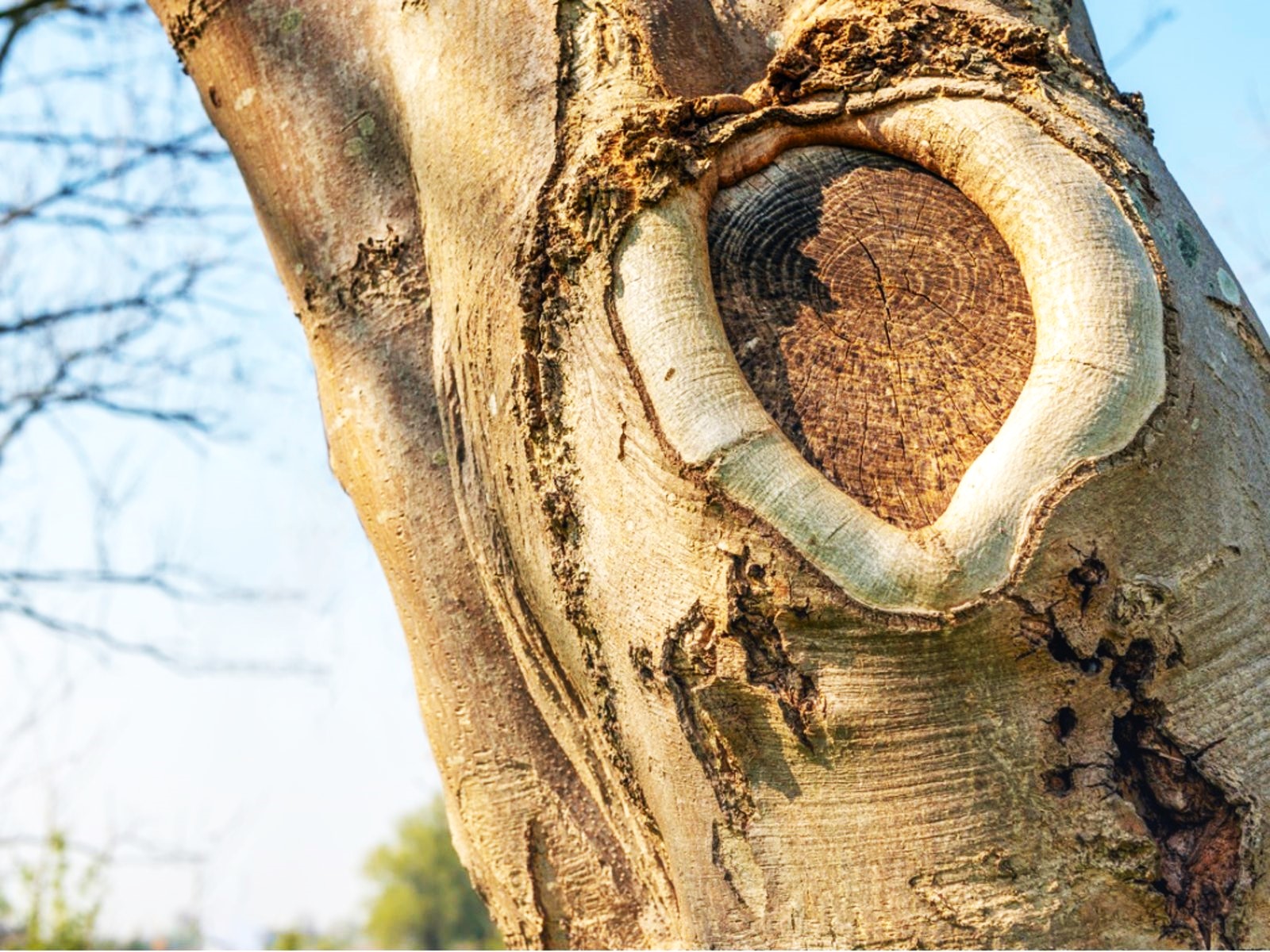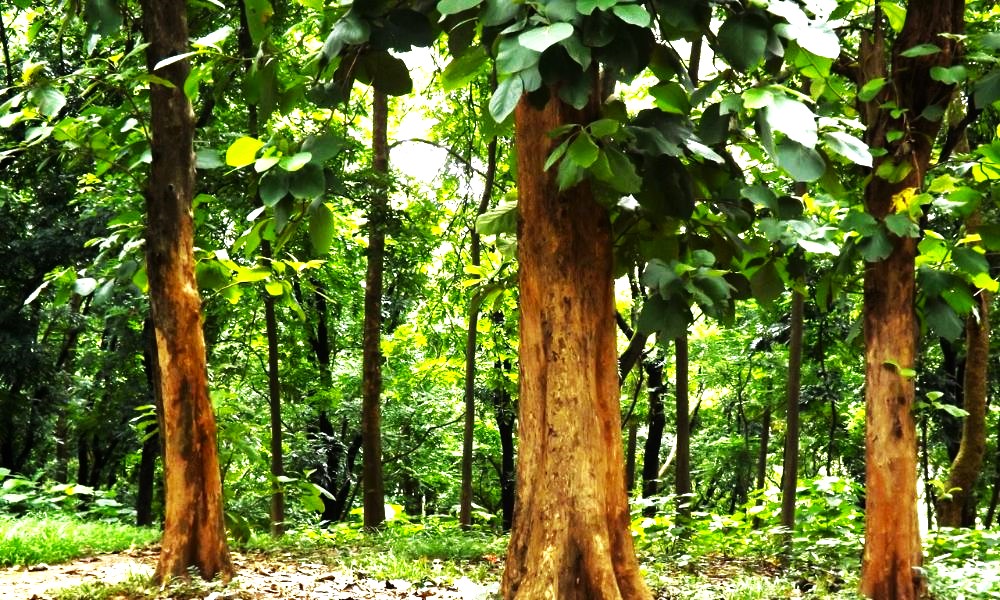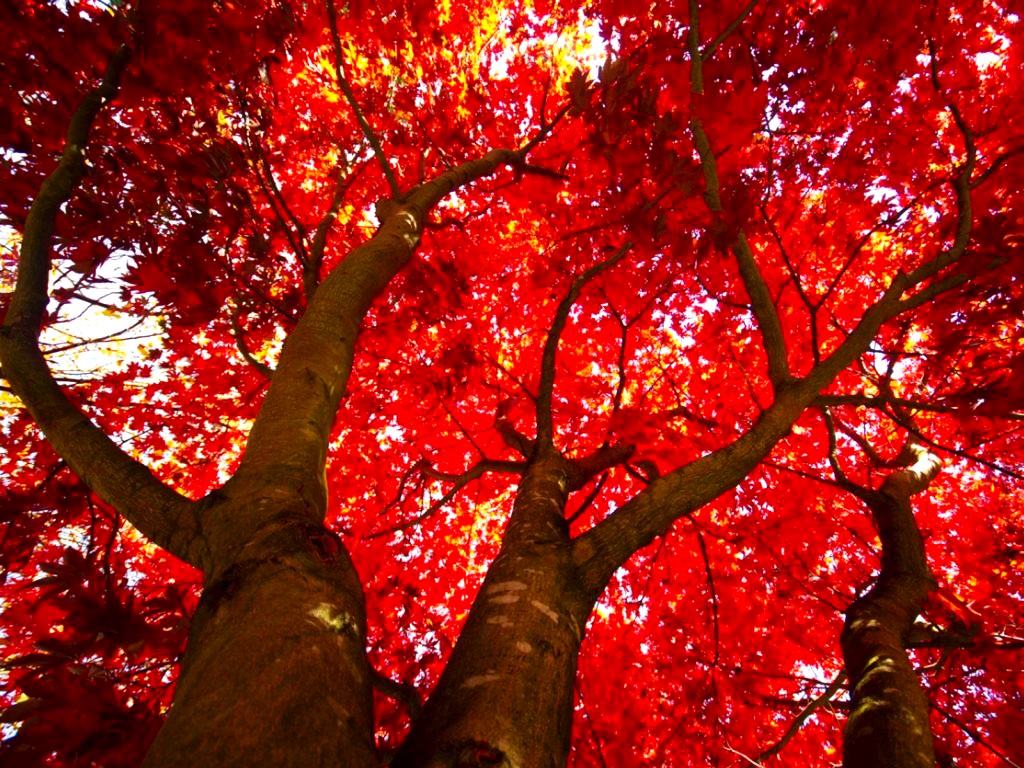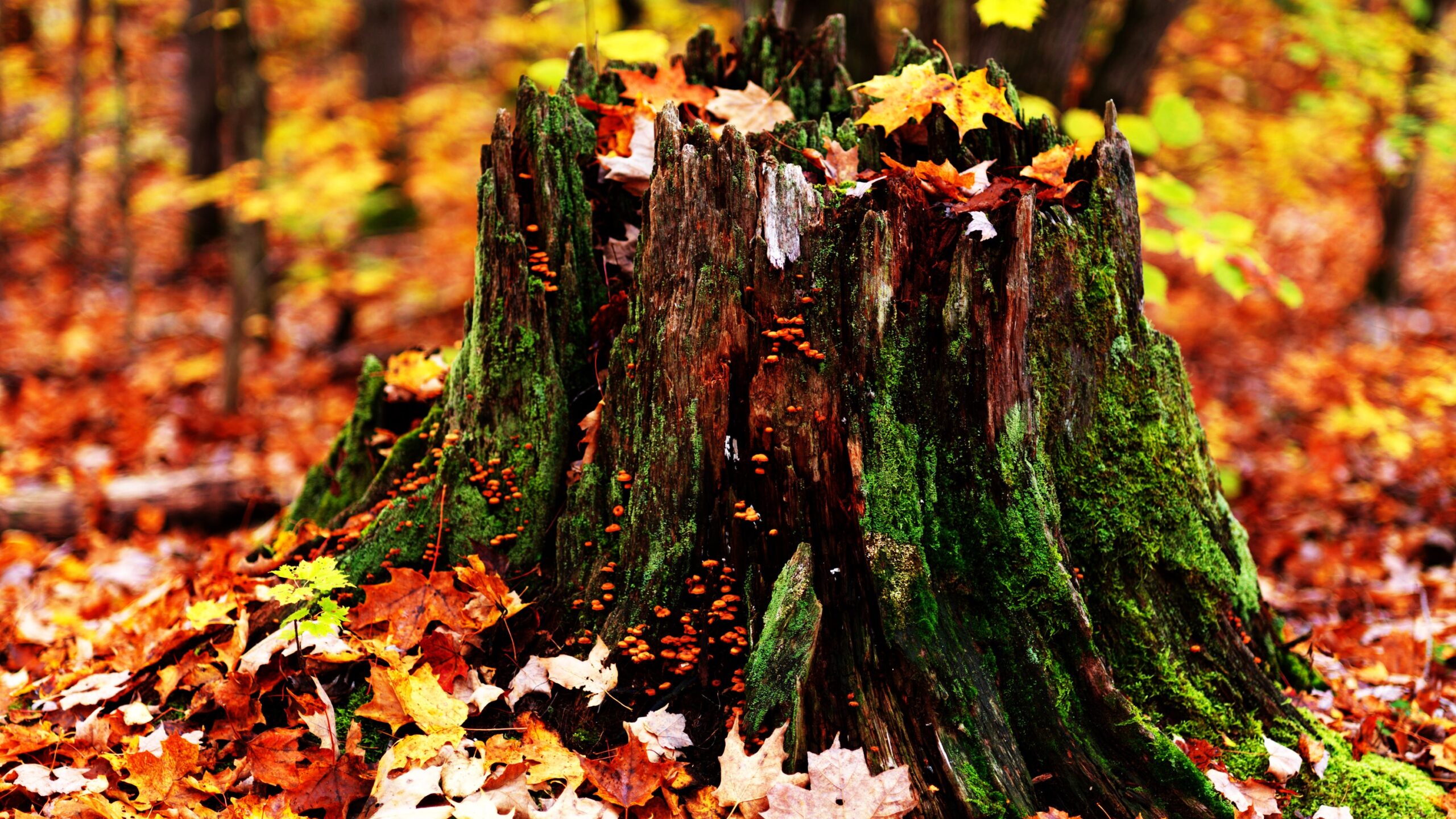Whipcord Cedar: How to Care for Whipcord Western Red Cedar
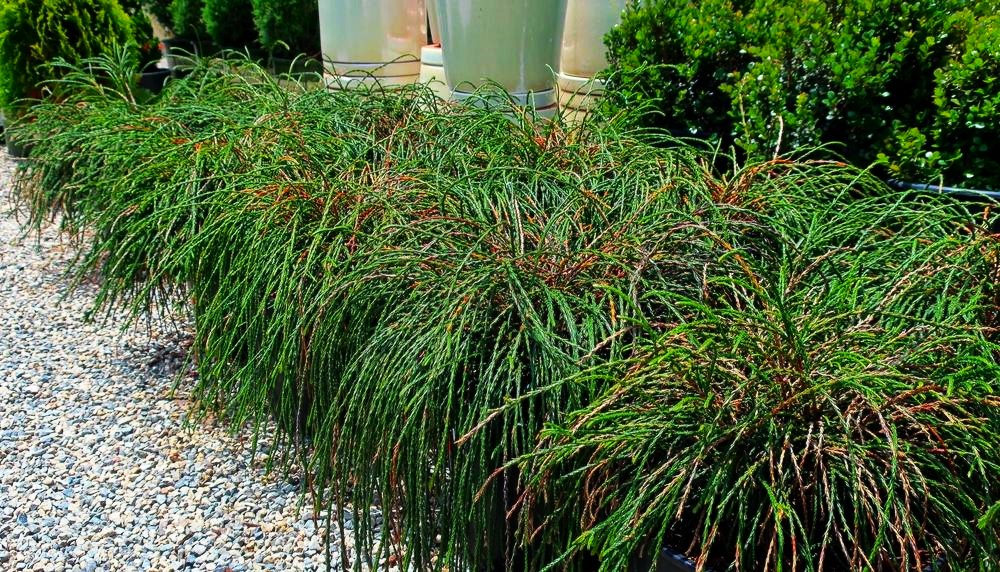
Whipcord western red cedars (Thuja plicata ‘Whipcord’) may initially appear to be a different kind of ornamental grass. It is difficult to believe that Whipcord cedar is an arborvitae cultivar. When you look closely, you’ll notice that Whipcord western red cedar trees resemble other arborvitae varieties in terms of their scale-like leaves, but they don’t have the conical shape that is typically associated with them. To say that the Whipcord is a tree would be going a bit too far.
A Whipcord Cedar: What is it?
The Whipcord cultivar is credited to Barbara Hupp, co-owner of Drake Cross Nursery in Silverton, Oregon, for its discovery in 1986. Whipcord western red cedars grow into a compact, rounded shrub, in contrast to other arborvitae. It grows very slowly, eventually reaching a height of 4 to 5 feet (1-1.5 meters). Compared to the mature height of the giant arborvitae, which ranges from 50 to 70 feet (15-21 meters), this seems quite small.
Other arborvitae varieties have limbs that resemble ferns, but the Whipcord cedar does not have them. Rather, it has slender, weeping branches with tightly-fitting leaves that do, in fact, have a whipcord rope-like texture. Whipcord western red cedars are unique specimen plants for landscapes and rock gardens because of their fountain-like appearance.
Whipcord Cedar Care
Whipcord western red cedars are native to the Pacific Northwest and thrive in areas with cool summers and consistent precipitation. Choose a section of the garden that gets full or partial sun; in the summer, it’s best to have some afternoon shade.
The ideal soil for whipcord cedars is rich, well-draining, and moisture-retaining. Whipcord cedars are drought-tolerant, so routine care entails watering them frequently in the event that rainfall is insufficient to maintain moisture in the soil.
There have been no significant pest or disease reports for Whipcord cedar. The only care these shrubs need is to trim off new growth to control size and remove dead areas. USDA zones 5 through 7 are suitable for whipcord cedar growth.
Whipcord western red cedar trees are unusual-looking, slow-growing trees that make great foundation plants. They have a long lifespan—50 years or longer. For the first ten years of their lives, they remain small, rarely growing taller than two feet (61 cm). Whipcord cedars, in contrast to some arborvitae varieties, maintain a pleasing bronze color all winter long for year-round landscaping appeal.

